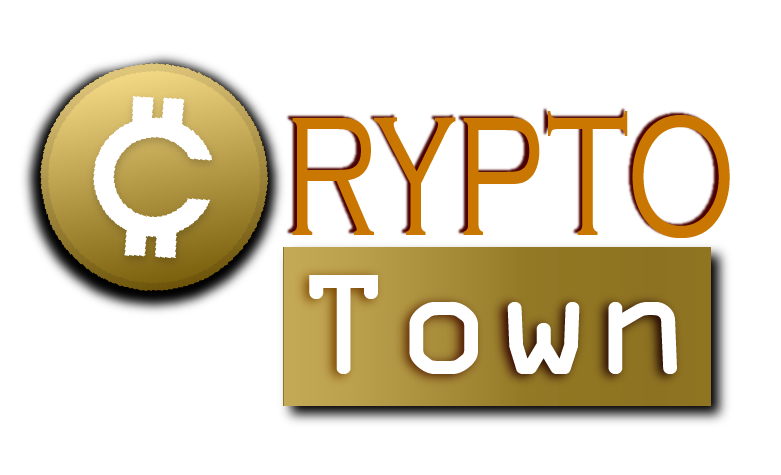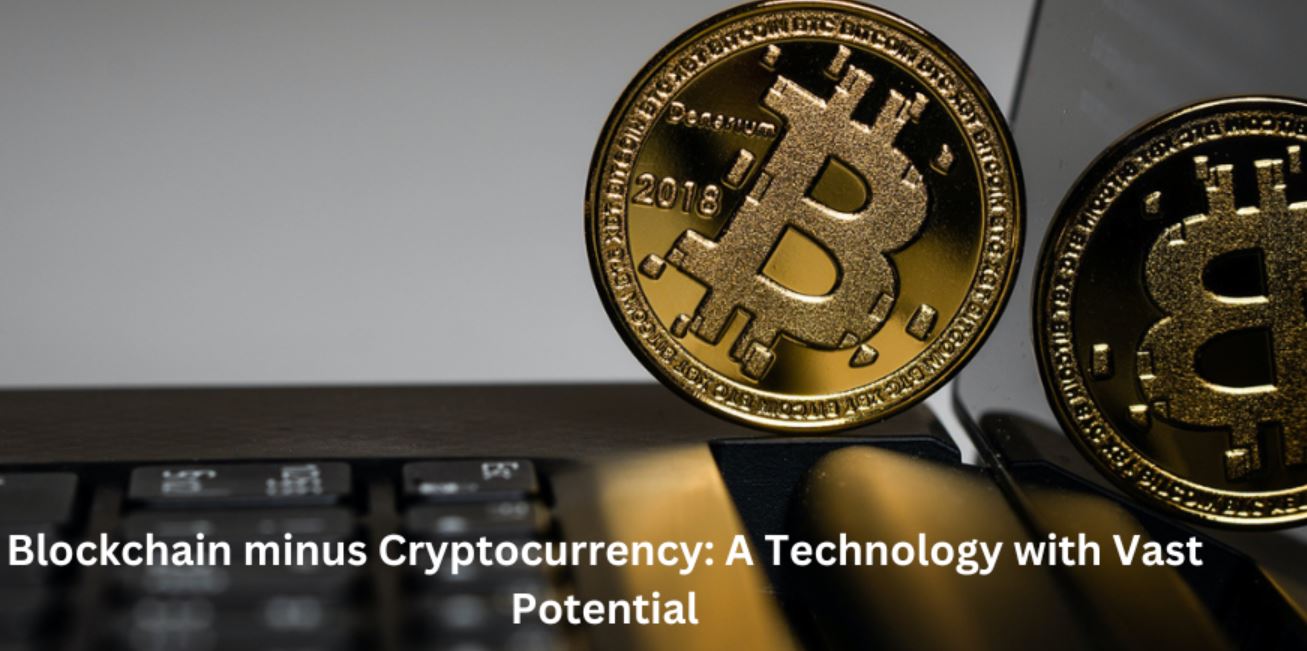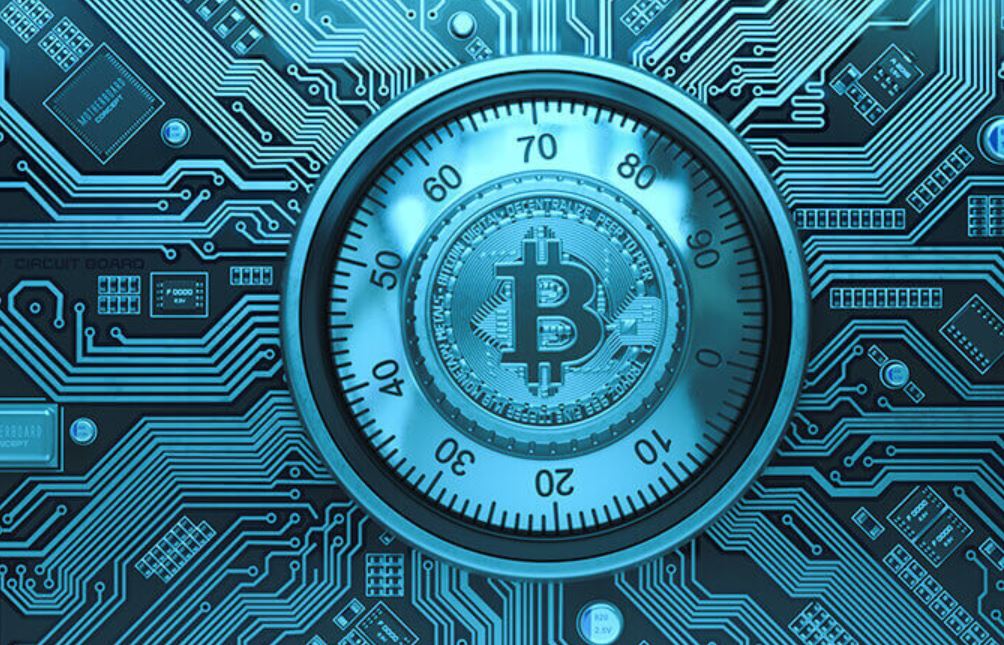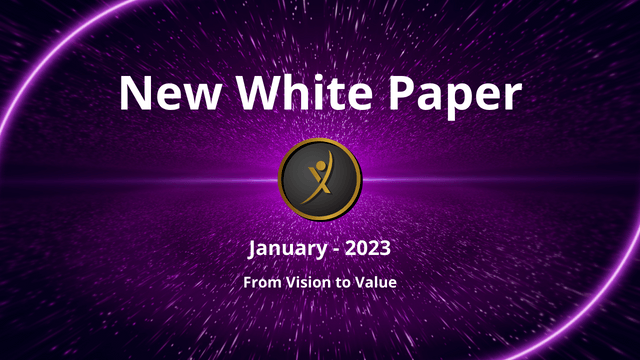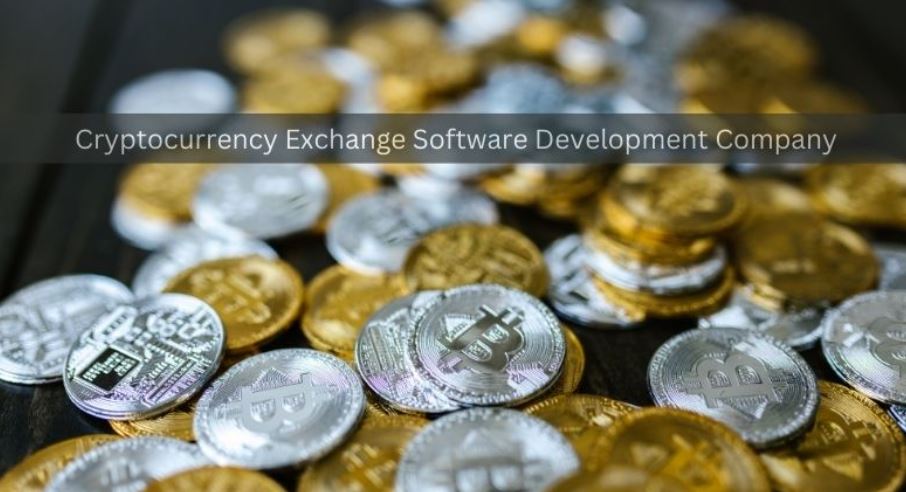When we hear about blockchain, the first thing that comes to our mind is cryptocurrency. But Blockchain technology is much more than that. We haven’t tapped into its optimum potential. Blockchain is the digital, distributed, and decentralized ledger underlying most virtual currencies and is responsible for logging all transactions without the need for a financial intermediary, such as a bank or moneylenders. In other words, it is a brand new means of transmitting funds and logging information. Blockchain is the vision of people who think that the current banking system is corrupt and fraudulent. Blockchain technology developers do not favor the idea of banking transactions taking 5 business days. But with blockchain, the time length of 5 days could be turned into 5 minutes. With blockchain, real-time transactions are a possibility (even across borders), while banks are left out of the equation entirely, presumably reducing transaction fees.
Hence, blockchain can be put to various uses apart from cryptocurrency, one of which is private blockchain development for your brand, and another is to create a cryptocurrency wallet. The following are a few more uses of blockchain technology:
1. Tracking medicines/prescriptions accurately:
In a world where prescriptions and substances are abused, blockchain technology enables drug-makers to track their products based on serial numbers or tracking numbers. This ensures that the prescribed medicines are reaching the correct people and not in the hands of teenagers who have formed a fascination with drugs. According to wyfi.org, in 2021, more than 30% of 12th graders and more than 15% of 10th graders do drugs. Thus, blockchain technology enables drug makers to keep track of their products.
2. Finding lost belongings:
How many times has it happened that your luggage is lost and you have had a tough time finding it? Almost everyone has encountered this pain in the head situation. But this can be nullified with the help of blockchain. Also, it will give you the freedom to be out and let the mechanic or plumber inside your home without having to worry about them stealing your belongings because they would be safe with blockchain technology.
3. Useful for IoT:
IoT means the internet of things. It describes the devices that are connected to each other with a wireless connection. It can send and receive data and could determine the trustworthiness of the device on the network, and it will do so for all the devices that enter or leave the network. Blockchain technology can be helpful in sending and receiving data through all the systems, which can help the country’s army, navy, cops, marines, and air force detect the threat beforehand.
4. Weapons tracking:
Blockchain technology could create a transparent and unchanging registry network that allows law enforcement and the federal government to track gun or weapon ownership, as well as keep a record of weapons sold privately. Imagine having an eye on the supply of weapons. The country would be saved from genocides, attacks, and whatnot.
5. Keeping Medical Records and taking them out whenever:
Sometimes, when the patient is critical, it is necessary to dig out his medical history ASAP; otherwise, operating on him could prove fatal. The good news is that the medical industry is moving from paper to paperless in keeping records, which makes it easier to find someone in need of an hour. Blockchain technology offers even more safety and convenience because, in addition to storing patient records, it also controls who possesses the key to access these digital records. It would be a means of strengthening the HIPAA laws designed to protect patient privacy from fraud.
6. Smart contracts:
One of the most exciting uses of blockchain technology is to draw out smart contracts and protect the weaker section of the society. It will not let the elite section of the society suck the money and energy out of workers. According to the International Labor Organization, 25 million people worldwide work in forced labor conditions, and no one does anything about it because people are helpless. Many companies, along with the U.S. State Department and other partners, are working on a blockchain registry complete with smart contracts — protocols that verify, facilitate, or enforce a contract. It will improve labor policies and coerce employers to honor digital contracts with their workers and not torture them.
7. Checking the safety of food:
Everyone must have heard about the food–borne illness, but with the help of blockchain technology, one will be able to trace the transport of food from its origin to the plate. This will allow the source of the contaminant to be found considerably quicker than it can be now, and the problem can be eliminated at the grass root level. It might take years to implement the concept entirely, but anything that can make it happen is blockchain technology.
8. Title transfers:
Even today, transferring the title of ownership of any property, car, or anything else, as a matter of fact, is a heck of a task. One of the primary goals of blockchain is to take paper trails out of the equation because they could often become a source of confusion. If you’re buying or selling anything, you’ll need to transfer or receive a title. And instead of handling this on paper, blockchain can store titles on its network, allowing for a transparent view of this transfer and presenting a crystal-clear picture of legal ownership as well.
9. Voting gone digital:
During the last U.S. elections, the White House was attacked because the losing party claimed that the elections were manipulated. Whatever may be the case, when technologies such as Blockchain are put into use, elections can be held in a transparent manner, thereby ensuring such attacks never happen.
10. Protection of ownership:
Just like transferring ownership is possible with blockchain technology, protection of ownership is possible with this technology too. The copyright and ownership laws on music, literature and other content on the internet have grown hazy. With blockchain, those copyright laws will be taken up a notch considerably for digital content downloads, ensuring the safety of the artist and the content created and curated. It will ensure that the artist gets a fair amount of money for his work. It will also provide real-time and transparent royalty distribution data to musicians, writers, dancers, painters, poets, and other content creators.
11. Creating digital ID:
Would you believe me if I told you that today too, more than 1 million people face identity challenges? Please don’t believe me; believe World Bank. But the solution lies in blockchain technology. Microsoft is trying to change the identity-proving crisis with the help of blockchain. For example, this would allow folks in poor regions to get access to financial services or to start their own business. The technology can also help businesses build robust blockchains that handle the issues of authentication and reconciliation encountered in several industries. Additionally, it can allow individuals the freedom to create encrypted digital identities that will replace multiple usernames and passwords while offering more comprehensive security features capable of saving customers and institutions valuable time and resources.
To conclude: Blockchain technology is not limited to cryptocurrency anymore. It has a lot more potential, which is untouched but can be touched if the experts are hired. You can now contact blockchain technology experts to understand how it can benefit your company.
Read more: How to Pick a Company for Blockchain Software Development in 2023?
